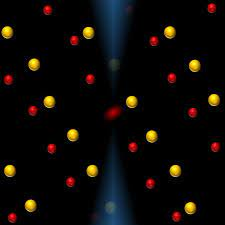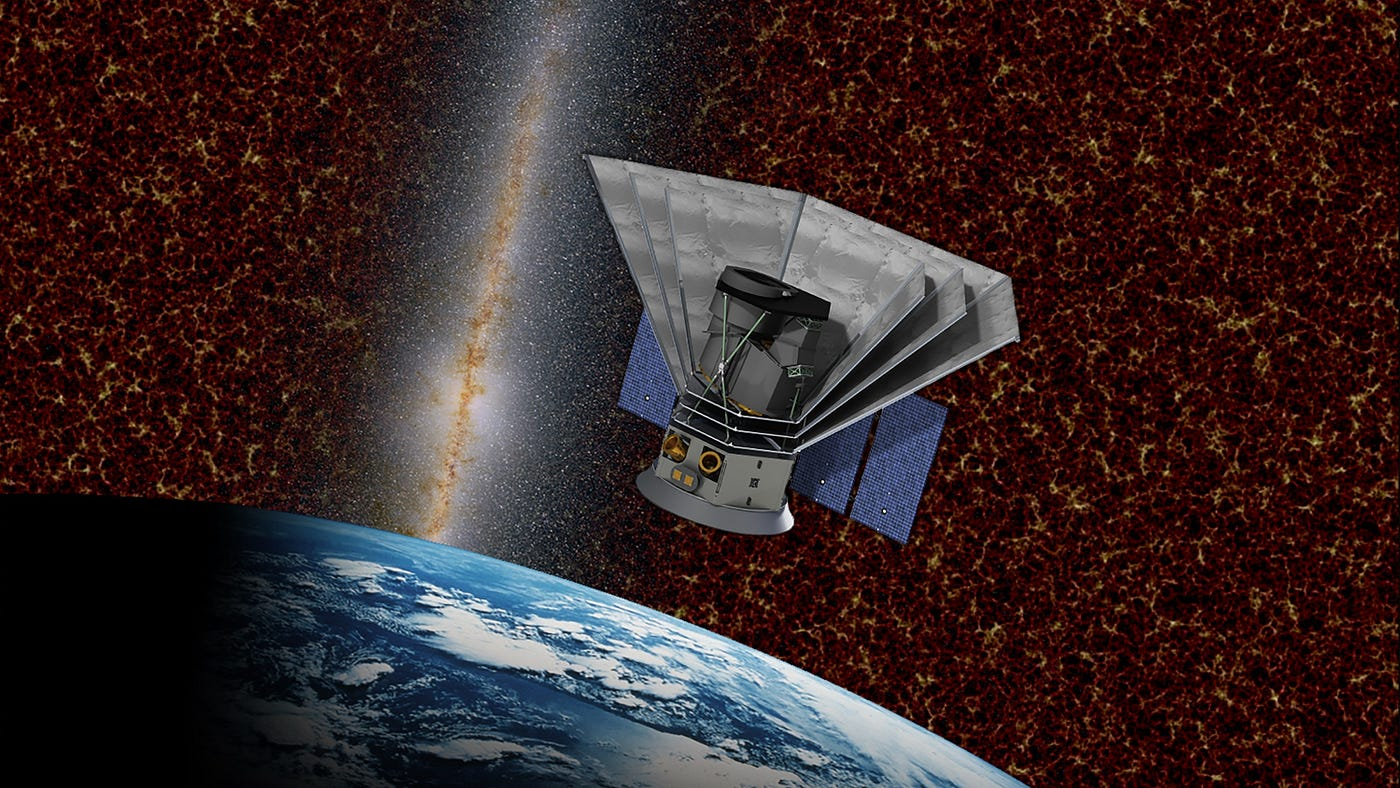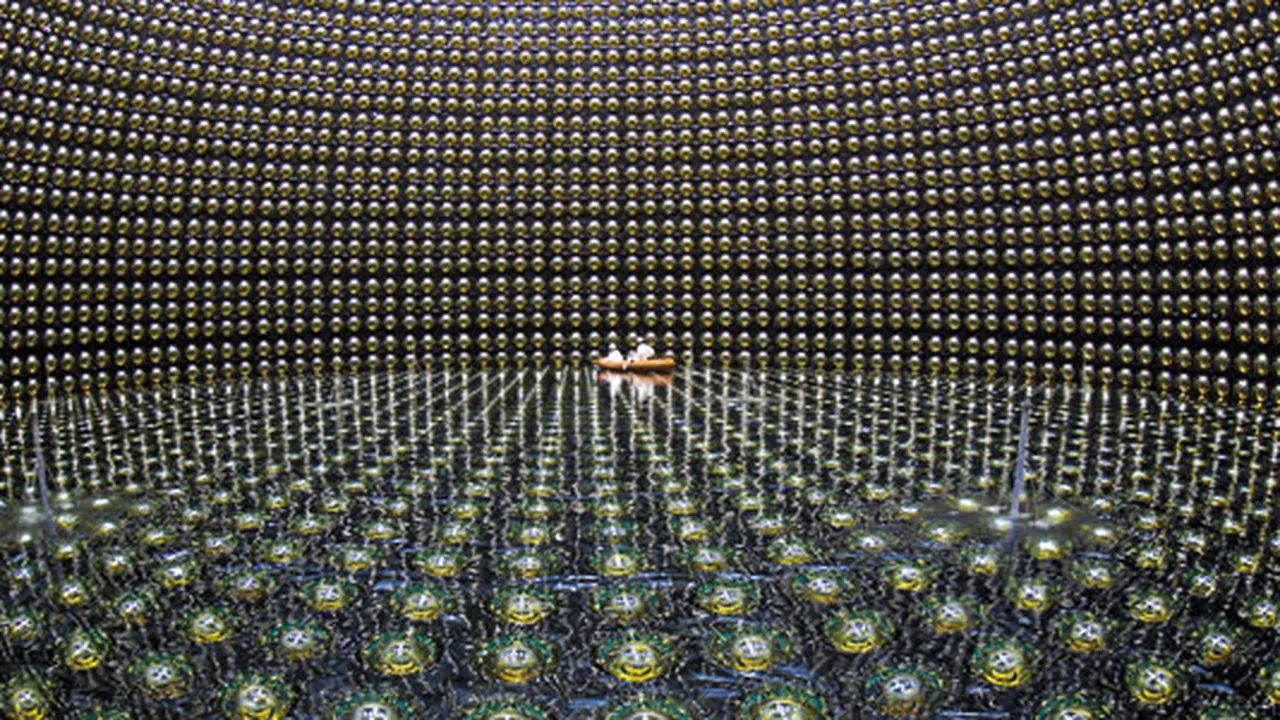In a landmark achievement, scientists at the University of Maryland have, for the first time ever, directly visualized “moiré phasons”—a subtle form of atomic thermal vibration—in two-dimensional materials using advanced electron microscopy. Researchers describe how these hidden atomic motions, previously only theorized, now appear as fine patterns of lattice shifts within stacked 2D crystals. This breakthrough provides palpable insight into how heat and quantum effects interplay at the atomic scale, firmly grounding the Experience layer in actual scientific observation.
Material scientists, quantum physicists, and electronic engineers underpin the Expertise and Authority of this discovery. According to the published finding in Science, the moiré phasons influence superconductivity and thermal conductivity in layered materials—crucial properties for next-generation quantum devices and ultrathin electronics. The methods used combine precise imaging with theoretical modeling, offering a reliable blueprint for exploring and engineering microscopic thermal behaviors.
This discovery’s Trustworthiness rests on its visibility in peer-reviewed science and transparent methodology. The imaging approach—microscopy capable of capturing atomic-level vibrations—allows independent replication and measurement. As such, this work advances not just theoretical physics but practical engineering, opening avenues for improved materials designed for quantum tech and electronics, with verifiable real-world data.







